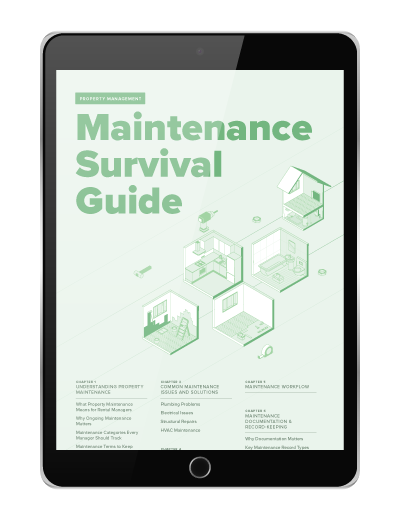Rental property owners are frothing at the mouth over Google’s recent announcement that it plans to build a “mega-campus” in San Jose, California. The Google campus in San Jose could be as large as 8 million square feet—nearly two and a half times the size of its headquarters in Mountain View.
Just how big of a deal is this for the city? To put it into perspective, there’s only 1 million square feet of office space in San Jose at the moment. A Google campus in San Jose would increase that number by 80 percent.
The details of the plan are still being worked out. The development is still highly contingent upon the city and local redevelopment authority agreeing to sell Google a number of municipally-owned parcels to assemble the 240-acre area needed for build-out. The proposed transaction looks promising: In June, the San Jose City Council voted to enter negotiations with the tech giant.
Most of the proposed Google campus in San Jose would be located around Diridon Station. The transit-oriented nature of the site is one of the aspects that lured Google to San Jose in the first place. However, Google isn’t the only company eyeing the Diridon Station area.
Trammel Crow is in the early stages of a 1 million square foot mixed-use development project. In addition, just a week after the plans were released for the Google campus in San Jose, TMG Partners and Valley Oak Partners—two Bay Area real estate companies—announced that they’ve teamed up to develop approximately 1 million square feet of office space in an underutilized industrial area. The TMG-Valley Oak project is located on 5.4 acres of land, just north of the SAP Center and close to Diridon Station.
“Demand for the kind of high-tech office space that we’re building with TMG is greater than it’s ever been,” says Steve Fisher, principle executive with Valley Oak Partners. “Companies are increasingly becoming more invested in the neighborhoods in which they operate.”
That’s why Google, Trammel Crow, TMG, and Valley Oak all have mixed-use elements in their projects. Although the media has called Google’s office/R&D plans a “mega-campus,” the city wants to do away with the term “campus” altogether. The word “campus” sounds insular, says Nanci Klein, San Jose’s Assistant Director of Economic Development. These projects will be integrated into the community, unlike the walled-off corporate campuses of yesteryear.
In total, these three projects are projected to bring upwards of 30,000 jobs to San Jose. The Google campus in San Jose alone will account for two-thirds of those jobs. Downtown San Jose only has about 39,000 employees today; adding 30,000 would be a head-spinning 77 percent increase in the number of downtown office workers.
Most of these jobs are expected to be high-paying tech jobs—which has local property owners in a frenzy. San Jose is already one of the most expensive housing markets in the country. The price of single family homes has increased every year since 2013, with the median single family home selling for more than $1 million as of April 2017. The rental market is equally constrained, with average rents hovering around $2,600 and climbing. The scale of development proposed will undoubtedly drive rents higher. Speculative real estate investors are sure to start scooping up San Jose real estate, if they haven’t already.
Even if developers start building new apartments now, however, we know that apartment projects can take years to complete. Some have called on developers to start building new housing as soon as the Google campus in San Jose gets green-lighted.
“As soon as this project gets the go-ahead, most—if not all—residential developments in downtown should begin construction, unless there’s a continued labor shortage leading to high construction costs,” writes Think Bigger San Jose.
In fact, some are so worried about housing that they’re pushing Google to address its plan for housing before breaking ground in San Jose.
“It’s great that Google wants to bring 20,000 jobs to San Jose. But where are the workers supposed to live?,” asks the author of a San Francisco Chronicle editorial. “If Google—or any other major company—wants to build a campus of this size anywhere in the Bay Area, it needs to figure out ways to account for its housing impact. This may take many different forms, but for the good of the entire region, such discussions can no longer be optional.”
There’s no doubt that Bay Area housing is expensive—and by the looks of it, this trend won’t reverse anytime soon. This is great news for existing rental property owners—but less so for investors trying to break into the market. San Jose landlords are sure to benefit from higher rents as builders rush to keep up with demand.
Read more on Industry Research

